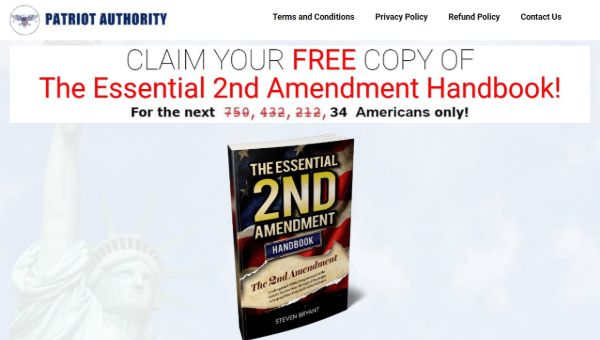In the United States, few topics are as fiercely debated and deeply ingrained in the nation’s history as the Second Amendment to the Constitution. The Second Amendment, often referred to as the right to bear arms, is a subject of immense significance and has a profound impact on American society. This article aims to provide a comprehensive understanding of the Second Amendment, its origins, interpretation, and its significance in contemporary America.
The Historical Context
To appreciate the Second Amendment fully, one must delve into its historical context. It was adopted on December 15, 1791, as part of the Bill of Rights, a series of amendments aimed at protecting individual liberties from government infringement. The Second Amendment reads: “A well-regulated Militia, being necessary to the security of a free State, the right of the people to keep and bear Arms, shall not be infringed.”
At the heart of the Second Amendment lies the idea of a “well-regulated Militia.” This phrase has sparked numerous debates over the years. What exactly did the framers of the Constitution mean by a “Militia,” and how does it relate to the right to bear arms?
Historically, militias were groups of armed citizens who could be called upon to defend their communities and the nation in times of need. This concept was influenced by the British tradition of the citizen-soldier, dating back to the English Civil War. The framers of the Constitution believed that a well-armed citizenry was a safeguard against tyranny, both foreign and domestic.
Interpretation and Controversy
One of the most significant debates surrounding the Second Amendment is its interpretation. The two primary schools of thought are often referred to as the individual right view and the collective right view.
Individual Right View
The individual right view asserts that the Second Amendment guarantees an individual’s right to own and carry firearms, independent of their involvement in a militia. Proponents argue that the framers intended to protect an individual’s inherent right to self-defense and resistance against potential government oppression.
This interpretation gained substantial traction in the landmark Supreme Court case, District of Columbia v. Heller (2008). In this case, the Court held that the Second Amendment protects an individual’s right to possess a firearm for self-defense within their home.
Collective Right View
Conversely, the collective right view posits that the Second Amendment only protects the right to bear arms within the context of a well-regulated militia. According to this perspective, the amendment does not grant individuals the unrestricted right to own firearms but rather focuses on the collective defense of the nation.
While this view has been less influential in recent legal developments, it still has its proponents who argue that the Second Amendment was primarily intended to prevent the federal government from disarming state militias.
Contemporary Relevance
The Second Amendment continues to be a source of contentious debate in contemporary America. Advocates for gun rights argue that the right to bear arms is essential for self-defense and to protect against potential government overreach. They also point to the cultural significance of firearms in American history.
On the other hand, proponents of gun control advocate for stricter regulations to reduce gun-related violence and mass shootings. They argue that while the Second Amendment is important, it should not impede efforts to enhance public safety.
Key Considerations
1. Firearm Ownership
One of the core aspects of the Second Amendment is firearm ownership. Citizens have the right to own firearms, but this right is not absolute. Federal and state laws regulate who can purchase firearms, what types of firearms are legal, and where they can be carried.
2. Background Checks
Background checks are a crucial component of firearm regulations. They are intended to prevent individuals with a history of violence or mental illness from obtaining firearms. The National Instant Criminal Background Check System (NICS) is the federal system used for this purpose.
3. Concealed Carry Laws
Concealed carry laws vary widely across states. Some states have shall-issue policies, where individuals can obtain a concealed carry permit if they meet certain criteria, while others have may-issue policies, which give authorities more discretion in issuing permits.
4. Gun-Free Zones
Certain areas, such as schools and government buildings, are designated as gun-free zones. These areas prohibit the possession of firearms to enhance public safety.
5. Assault Weapons Ban
The debate over assault weapons, such as AR-15-style rifles, remains a contentious issue. Some states have implemented bans on these firearms, while others have not.
Conclusion
The Second Amendment remains a cornerstone of American society, embodying the complex interplay between individual rights and collective security. Its historical context and interpretation have been the subject of ongoing debate for centuries. The contemporary relevance of the Second Amendment is reflected in discussions about firearm ownership, background checks, concealed carry laws, gun-free zones, and the regulation of assault weapons.
Understanding the Second Amendment is vital for any discussion on gun rights and gun control in the United States. While the right to bear arms is deeply ingrained in the nation’s history, it is also essential to strike a balance between individual freedoms and public safety.
For more information and resources related to the Second Amendment, visit here.


